Trés bon Kit bien réalisé, bien documenté fonctionne parfaitement avec un rendu impressionnant.
4/5 parce qu'on peut toujours mieuxfaire même quand c'est déjà trés bien
New Customer?
Create your accountNo products
Prices are tax included
By buying this product you get 42 loyalty points
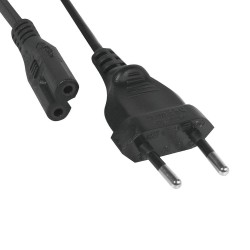
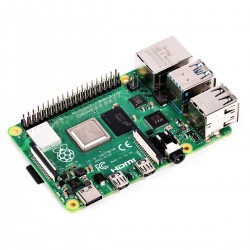

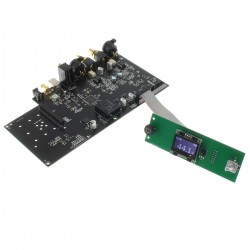
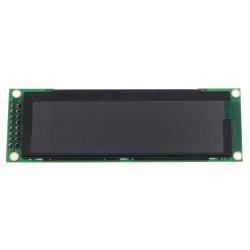
Viewed products

![[GRADE B] MATRIX ELEMENT P2 Power Amplifier Class D Stereo 2x230W / Mono 1x850W 4 Ohm](https://www.audiophonics.fr/62087-thumb_default/matrix-element-p2-power-amplifier-class-d-stereo-2x230w-mono-1x850w-4-ohm.jpg)





Find here a selection of useful and/or essential accessories for this product. These are specially selected by the Audiophonics team according to the characteristics of the product.
This EVO-DAC kit can operate in pure DAC mode immediately after mounting.
ATTENTION: In order to take advantage of the network drive function of this product, you will need to install an Audiophonics software image containing the scripts for the display and the network. These are available here : Images EVO-SABRE DAC
Kit DAC 2x 9038Q2M 32bit full balanced 768kHz / Streamer Raspberry Pi 4
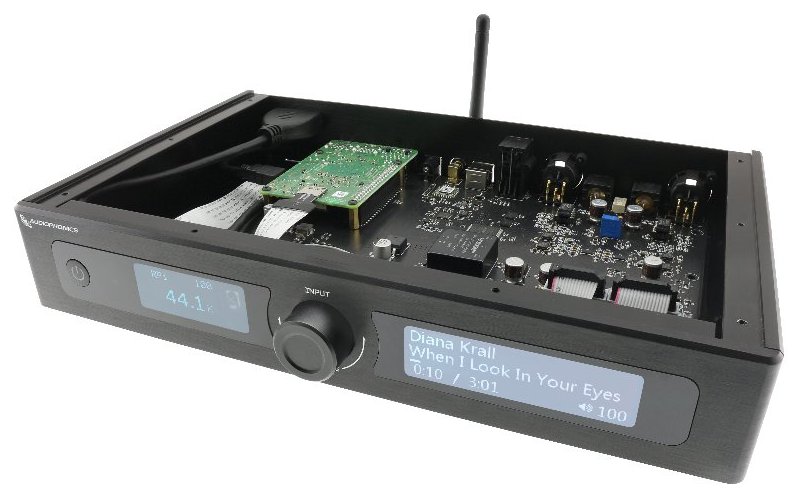
This is the full kit version. It includes all elements (electronics + box + options including Raspberry Pi 4, remote control & power supply) required to assemble a functional SABRE-EVO DAC from scratch.
This do-it-yourself kit lets you mount your own balanced DAC based on an ES9038Q2M chip combo.
With its 100% aluminum housing, its dual screens, its rotary selector, its remote control and its extensive connectivity, this kit is a perfect opportunity to grasp the essentials of a latest generation professional quality high-fidelity decoder.
This Do It Yourself approach brings vast possibilities. The DAC EVO-SABRE card is indeed equipped with all the necessary connectors to accommodate a Raspberry Pi (supplied). This extension transforms the DAC into a real dematerialized playback solution, capable of streaming your high definition audio files from a multitude of different sources thanks to generous connectivity, wired (coaxial S / PDIF, optical, USB audio, USB storage) as well as wireless (Wi-Fi, bluetooth 5.0 with all relevant audio protocols). To go even further, the caseeven allows easy access to the video connector and the SD support of the Raspberry Pi 4 card.
All you have to do is choose & install one of the many free software reading solutions and connect the card to an amplifier or active speakers to benefit from a complete high-fidelity package, rich in functionality and ready to use. 'employment.
I am happy to recommend the Audiophonics EVO Sabre given the unique functionality, form factor, and performance.

The EVO-Sabre is a high-precision DAC using two 32-bit ES9038Q2M Sabre chips integrated in dual Mono mode: each of these chips see its computing power 100% dedicated to a single channel of the stereophonic signal. This achieves a sound restitution of exceptional clarity with tremendously low crosstalk.
This component belongs to ESS flagship series and is among the best current hardware solutions for high-fidelity audio decoding. It uses HyperStream 32 BIT 768kHz architecture with native DSD support. Each one of this chips is also equipped with advanced reconstruction filters and uses some of the finest dithering techniques available on the audio market.
ESS ES9038Q2M SABRE DACs are also very popular thanks to their ability to operate volume with almost no consequences on the audio bitrate.
The board works in balanced and single-ended mode and offers both a balanced stereo output on 3-pole XLR connector and an single-ended stereo output on RCA connector. The module can thus be ideally suited to most integration scenarios and will easily find its place in minimalist audio projects as well as in very complex Hi-Fi installations.
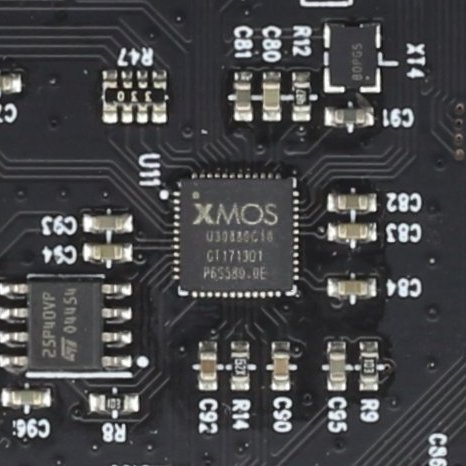
The USB-B input (USB-2) works with a XMOS U208 USB interface. This is a reference component in the field of high-fidelity music, with digital streams supports up to 32-bit 768kHz as well as (native) DSD512.
Definitely designed for high-resolution, this asynchronous USB interface has a computation capacity of 1000 MIPS all of which is dedicated to the processing of your digital audio signals with minimal jitter and noise.
When the DAC EVO-SABRE is used in conjunction with a Raspberry Pi, this high-definition USB input allows to immediately interface digital audio streams to RPI I2S up to 384kHz / DOP 128.
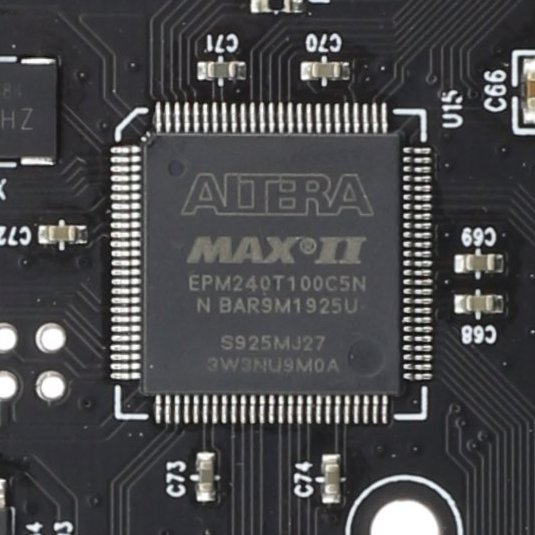
Unlike its predecessor, the EVO-SABRE has several inputs driven by an independent interface.
SPDIF signals are handled by a FGPA Altera Max capable of performing clean processing of the digital input streams. These digital signals are interfaced in I2S to each of the two DAC chips, which represents a significant gain in performance compared to previous generations.
The SPDIF inputs support PCM signals up to 24/192 as well as DSD 128 DOP streams.
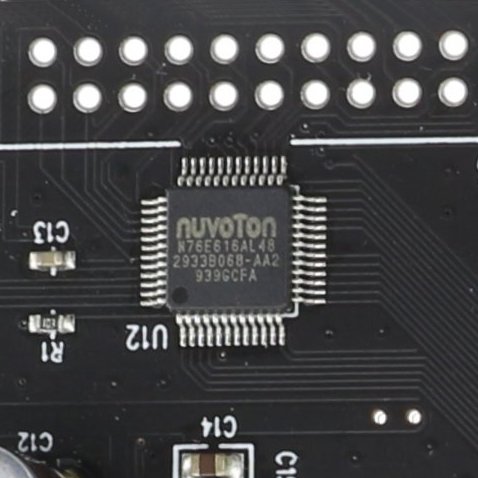
Thanks to an integrated microprocessor, the EVO Sabre automatically detects the format & the sampling rate of the signal source and will automatically adapt its configuration to provide the best listening performance without requiring any user intervention.
This control by CPLD chip maintains great stability while preventing decoding problems as well as the appearance of audio artifacts.
It also enables a continuous decoding of playlists with heterogeneous file types without having to worry about reconfiguring the DAC to benefit from optimal audio quality.
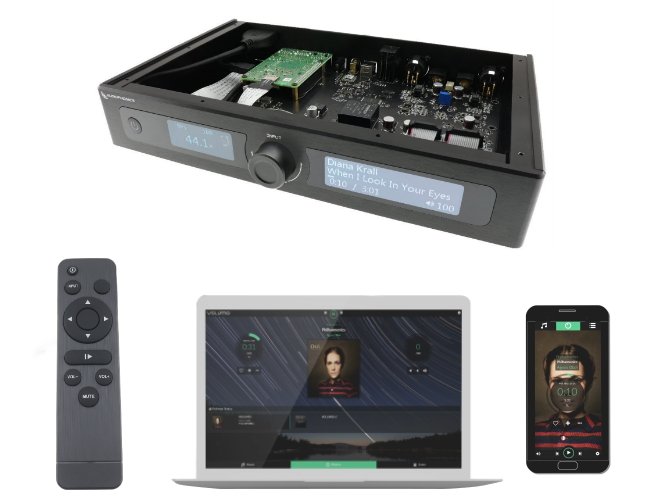
The kit comes with two separate screens. The EVO SABRE audio circuit display (left) is a 1.3 "128X64 OLED screen. It simultaneously displays the active input, the sampling rate and the volume as defined by the DAC ES9038Q2M chip controller. This first display is useful to check in real time that the processing of the audio files is going as planned and in the best conditions.
A second 3.12 "256x64 OLED screen is connected to the Raspberry Pi (if present) in SPI (CN4). This secondary display can retrieve in real time the playback data at the software level (Dietpi / LMS) in a similar fashion to what our RaspDac Mini already do. This function requires that the EVO uses one of our custom distribution or that the user uses a custom display script.
A switch located on the front panel allows to turn on / off the system properly while preserving the integrity of the storage media (OS on SD card in a Pi & hard disks). It is backlit when the module is in stand-by mode but powered to indicate that the circuit is ready for operation.
The rotary encoder on the far right is directly connected to the volume control of the DAC chips. It allows easy and precise volume adjustment the from the device front panel.
The infrared receiver communicates both with the microcontroller in charge of driving the DAC chips and with the Raspberry Pi if the EVO-SABRE is used in network drive mode with LIRC configured. The remote control (included) thus centralizes most of the playback functions for great ease of use.
The input selection, volume and standby functions, as well as the filters adjustements are handled by the integrated microcontroller, while the play / pause, previous / next functions are transmitted to the RPI (requires LIRC configuration on GPIO 04)
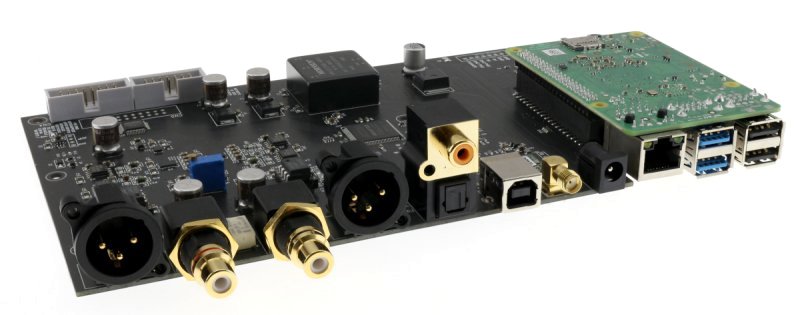
Used in conjunction with a Raspberry Pi 4, the EVO-SABRE ES9038Q2M becomes a complete dematerialized streaming solution, capable of running the best network streamer / playback solutions. This opens up a lot of options for controlling the device (playback, recovery of audio files on a NAS, online streaming service) via the network (simple web browser accessible from any connected object, dedicated applications, or your own scripts) to cover the full spectrum of possibilities and realize the full potential of your audio installation.
The pinout is the most common, compatible with the RPI-DAC driver and present in all distributions.
It is also possible to use the driver for the I-Sabre 9038, found in the Raspberry PI kernel from version 4.19.34.
This function allows access to the parameters of the DAC chips (volume, hyperstream parameters, filters) directly via the RPI and its softwares interfaces (in addition to access via remote control and controls on the front of the device).
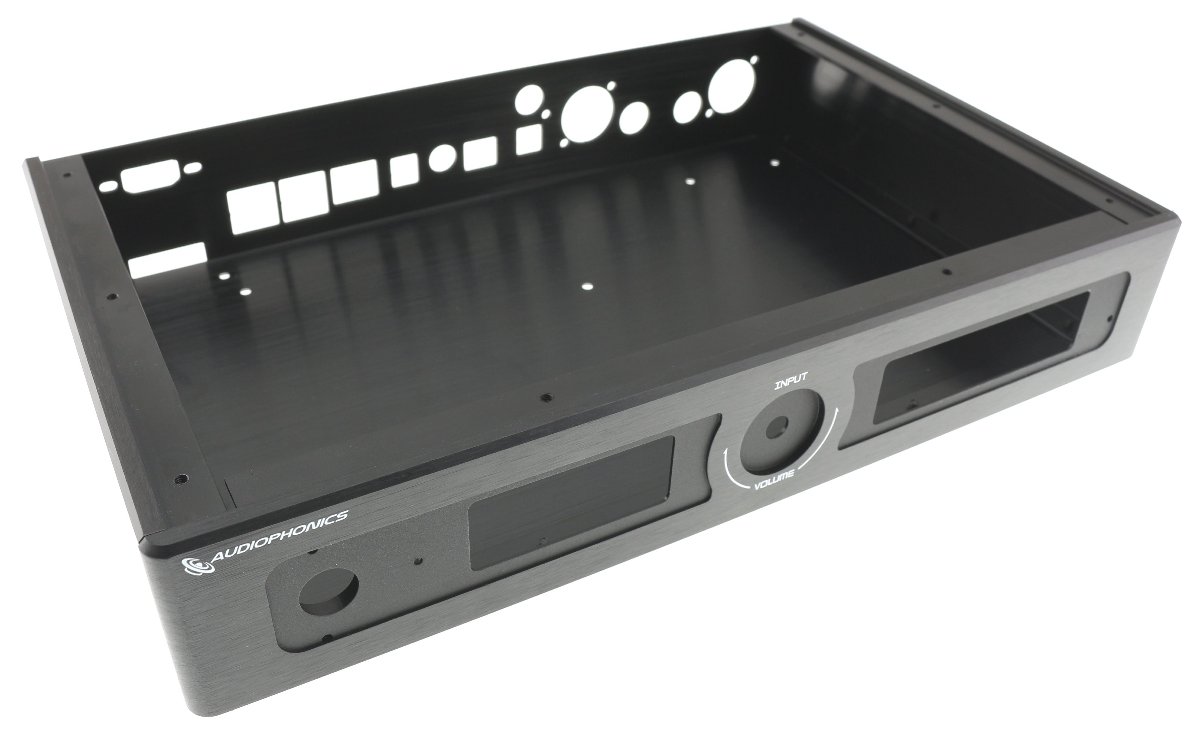
The RaspDAC EVO kit is delivered with its dedicated custom box. The latter is machined from 100% aluminum, a light, robust material that blocks any interference that may affect the audio.
The housing is pre-drilled (spacers and connectors). Its assembly comes down to fixing the various panels using the supplied hardware.

From left to right, the connector panel has a balanced XLR output as well as an unbalanced RCA output.
Then there are the digital inputs of the DAC with coaxial connector, optical connector, USB-B input and bluetooth antenna.
Finally, the connector panel is equipped with a Jack DC input dedicated to the power supply, then the RPI 4 connectors (RJ45, USB-3, USB-2, HDMI video output as well as connector for SD card dedicated to the operating system. ).
Both outputs (RCA & XLR) are active simultaneously.
The rear cover of the supplied housing is drilled to match the connectors of the RPI 4.
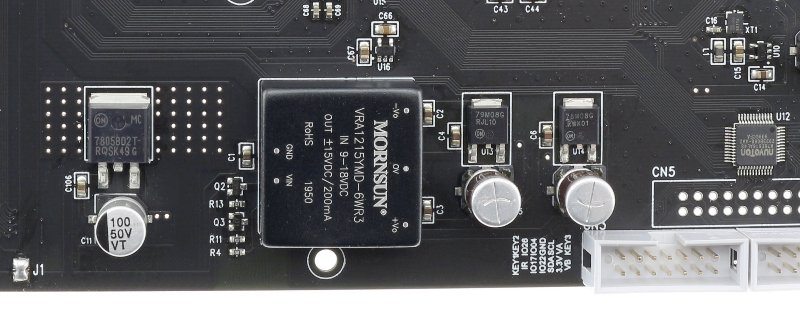
Powered by a DC 9V jack connector, the module operates from a particularly well designed power stage which allows to ensure a stable signal while reducing residual noise.
For this purpose, the PCB has a Mornsun DC / DC converter followed by two voltage regulators 79M08 / 78M08 dedicated to the analog part with is powered with +/- 8V.
The card has a separate 5V power stage dedicated to the Raspberry Pi. In this scenario, the RPI is supplied directly via its GPIO port, avoiding the need to add more connections and cables. Every configuration uses the minimum amount of cables for increased ease of use.
The card also has Ultra low noise voltage regulators dedicated to the conversion stage in order to isolate the DACs from the main power supply.
The DVCC voltage is generated from an LP5907 (regulation <6.5µV), which generates the DAC 1.2V Vref which is a critical voltage.
The AVCC voltage is generated from a dedicated ADP150 regulator (regulation <9µV).
| Specifications | |
|---|---|
| Type | kit DAC |
| Puce DAC | 2x ESS ES9038Q2M |
| Architecture | Balanced |
| Audio Input | S/PDIF Coaxial S/PDIF Optique Bluetooth HQ USB-B (XMOS) I2S GPIO (pinout RPI-DAC) |
| Audio Output | RCA unbalanced stéréo (2V RMS) RXL balanced stéréo (4V RMS) |
| Sampling rate | USB : 768kHz / DOP256 SPDIF : 192kHz / DOP64 |
| Power Supply | 9VDC (3A minimum) sur connecteur jack DC (Alimentation 4A fournie) |
| Idle consumption | 700ma |
| Interface USB | XMOS U208 |
| FGPA | Altera Max |
| Housing | 100% Aluminium |
| Dimensions | main board : 120 x 225 mm (Hauteur max : 32mm) main display : 40 x 134 mm Whole device: 185 x 300 x 55 mm |
| Weight | 1.3kg |
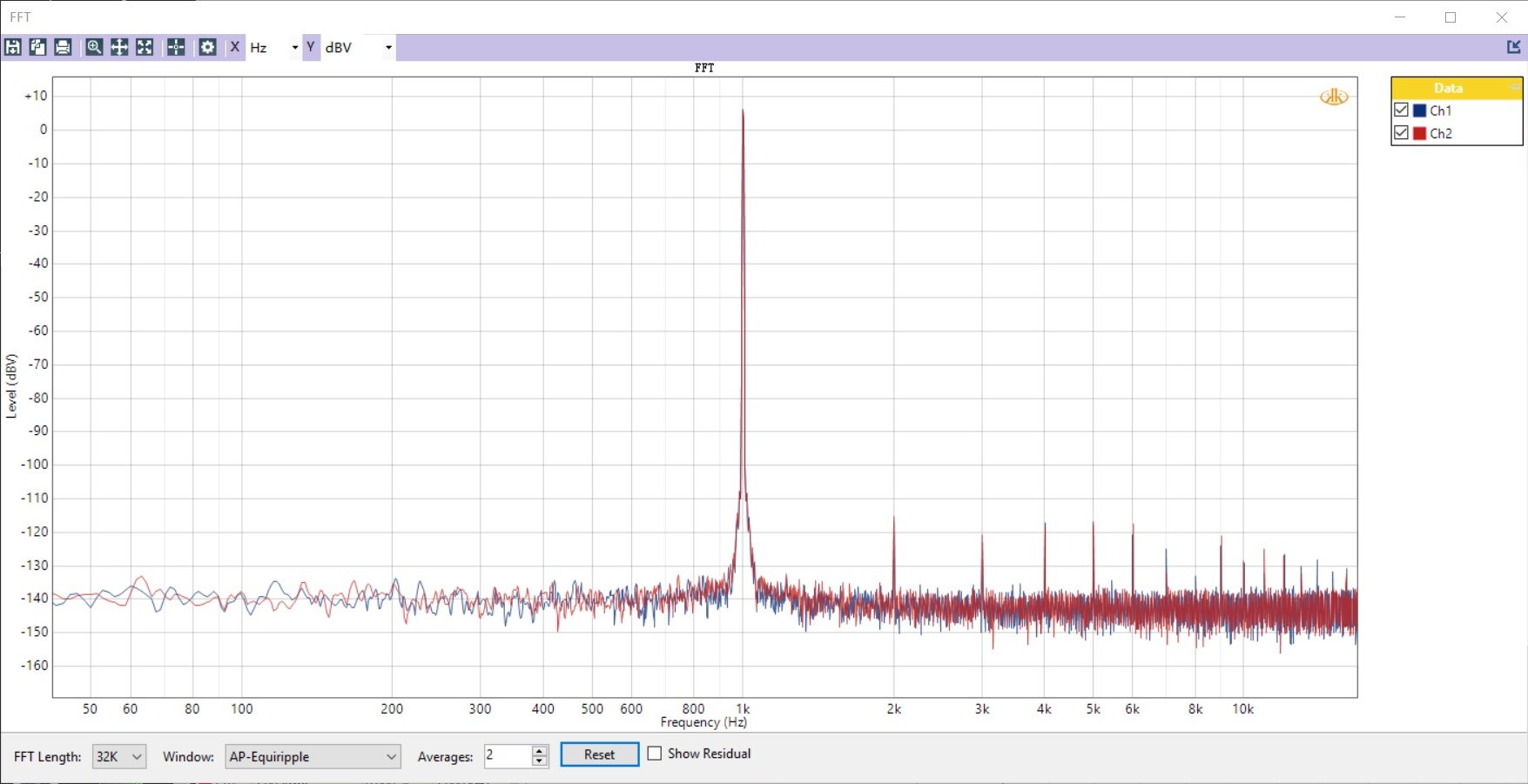
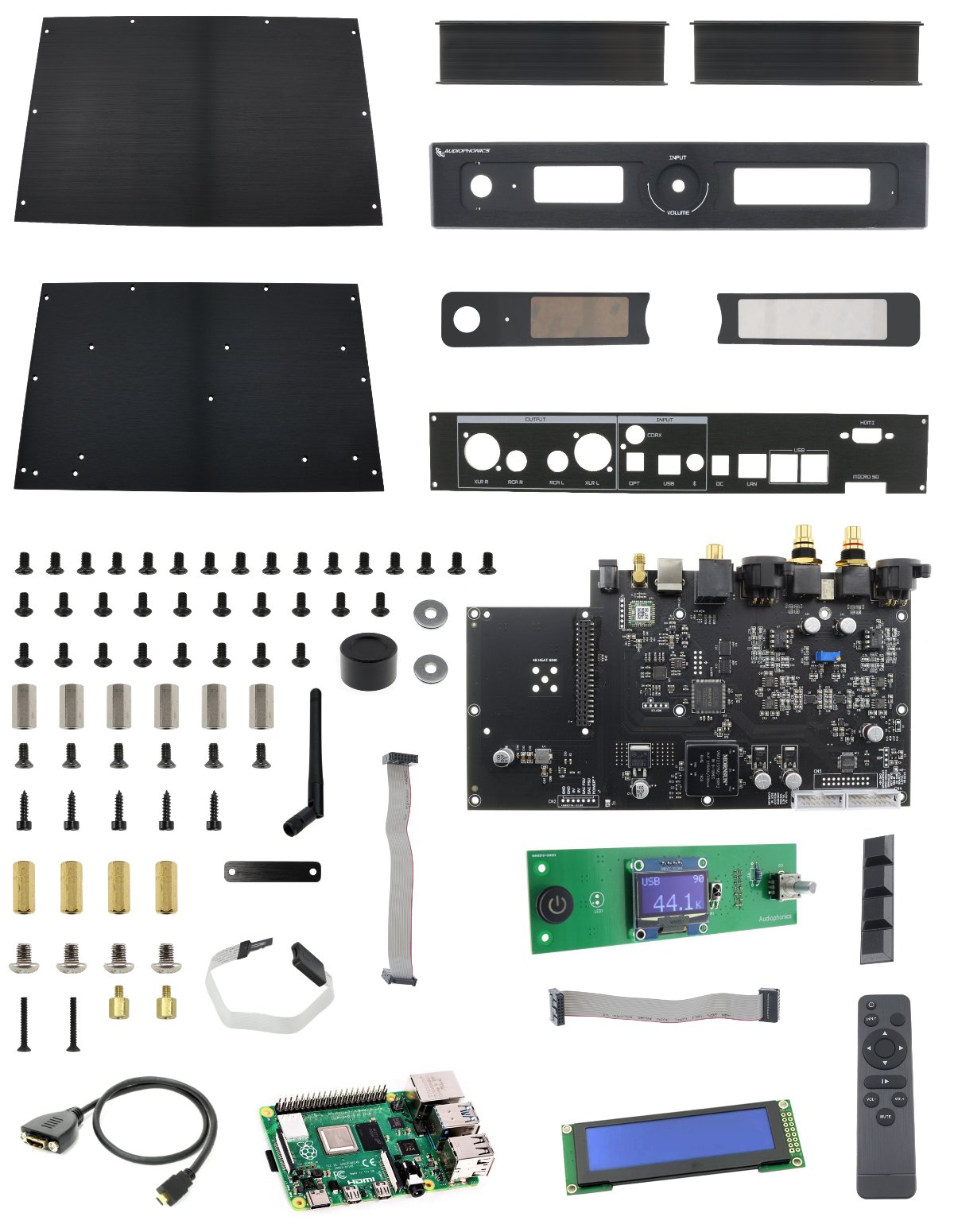
| EVO SABRE Module | x1 |
| Raspberry Pi 4 | x1 |
| Main display pcb | x1 |
| Secondary display pcb | x1 |
| Display connectors | x2 |
| Remote | x1 |
| Bluetooth antenna | x1 |
| Power supply 4A | x1 |
| Power cable | x1 |
| Front panel | x1 |
| Rear panel | x1 |
| Side panels | x2 |
| Top plate | x1 |
| Bottom plate | x1 |
| Screen covers | x2 |
| M3 countersunk Phillips screw (panels mouting) | x16 |
| M3 countersunk hex screw (DAC board bottom mounting) | x6 |
| Spacers M3x 10 Female - Female (DAC board bottom mounting) | x6 |
| M3 x 5 domed screw (DAC board top & rear panel mounting) | x10 |
| M3 x 4 domed screw (display mounting) | x4 |
| Brass spacers M3 x 4 (display mounting) | x2 |
| Cable for display connecting | x1 |
| Brass spacers M2.5 x 12 (RPI mounting) | x4 |
| Domed screw M 2.5 x 5 (RPI mounting) | x8 |
Cylindrical wood screw M3 x 10 (XLR / Optical connectors mounting) | x5 |
| M3 x 16 countersunk screw (SD card extension attachment) | x2 |
| M3 x10 washers (Secondary screen mounting) | x2 |
| Clamp for SD card extension | x1 |
| Flat axis aluminum button 25 x ⌀6mm Black | x1 |
| Extension for micro-SD connector | x1 |
| Micro HDMI to HDMI panel-mount | x1 |
| 2.4GHZ SMA 3dBi Male RF Antenna | x1 |
| Polyurethane feet 3M 20x8mm | x4 |
| Input | Optical |
| Input | GPIO |
| Input | SPDIF |
| Input | Bluetooth |
| Input | USB |
| Output | XLR |
| Output | RCA |
| DAC / ADC Chip | ES9028Q2M |
| Max sampling rate | 384kHz |
| Max sampling rate | 768kHz |
| Streaming services & Network protocols | Qobuz |
| Streaming services & Network protocols | Web radios |
| Streaming services & Network protocols | AirPlay |
| Streaming services & Network protocols | Tidal Connect |
| Streaming services & Network protocols | Spotify |
| Streaming services & Network protocols | Tidal |
| Streaming services & Network protocols | DLNA |
| Streaming services & Network protocols | Spotify Connect |
Average votes 4.9 / 5 22 reviews | Why write products reviews ? You can share your feelings about products and help other people by sharing your experience |
Laurent C.
Rupert S.
Gerhard K.
Werner S.
Frank G.